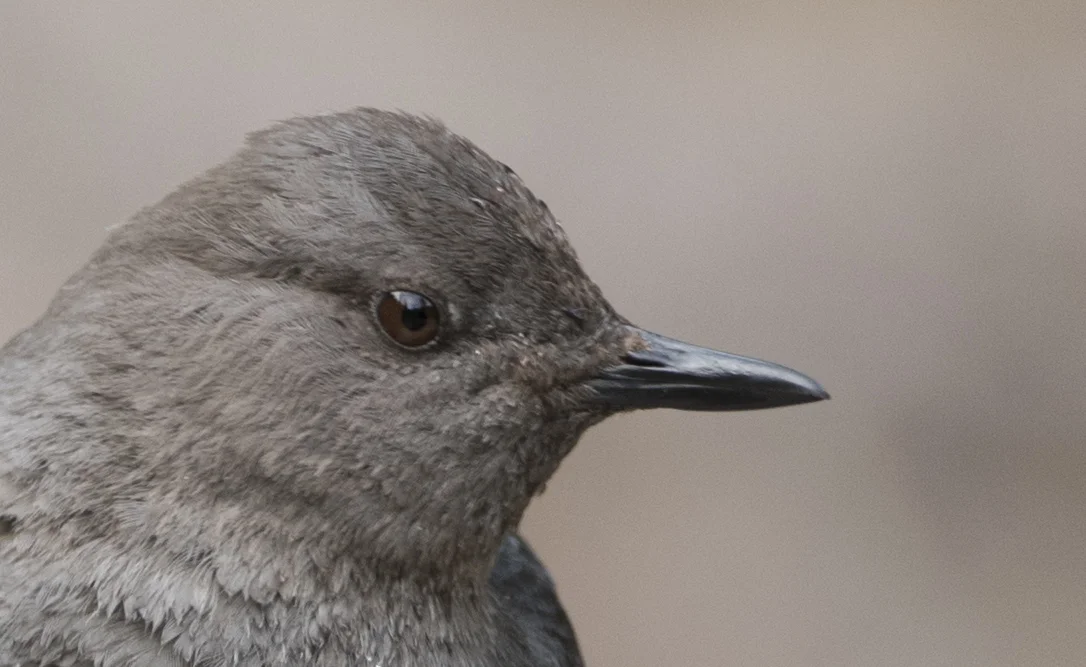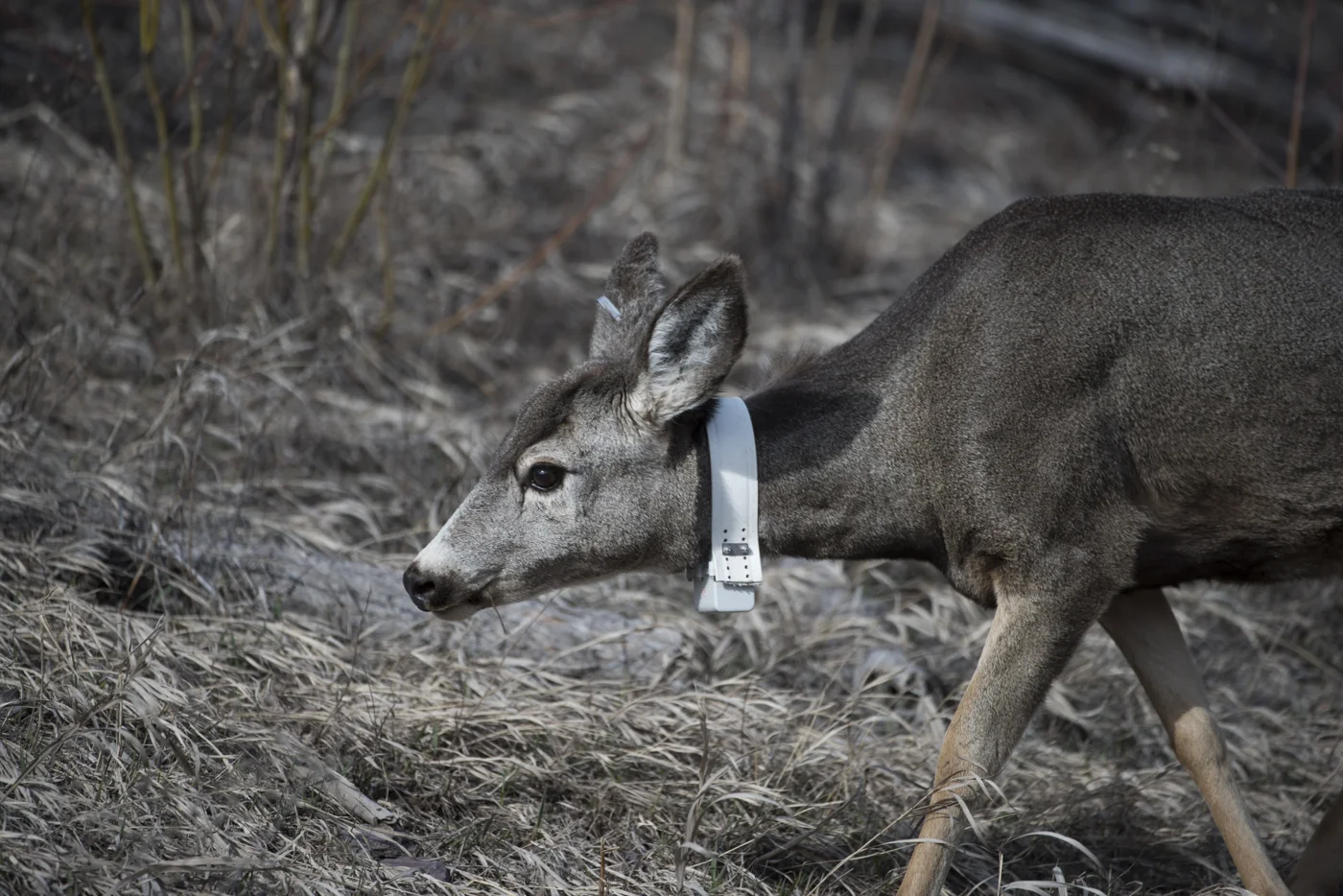As an amateur photographer living in Northwest Montana, I find many photo challenges. One of them is the harlequin duck, a part-time resident which spends the late spring and early summer months in fast-running inland streams where they mate, nest and rear young.
The scientific community has found, in some nearby waterways, the hen will cover her eggs with down and accompany her mate downstream to an open body of water and spend the night rafting with other harlequin ducks, perhaps to avoid predation. When morning arrives the pair flies back upstream to the nesting site.
200mm with 200-400mm f4 lens, ISO 200. shutter priority @ 1/1600 sec, about 5:35 AM
For me the toughest bird photography shot is any bird flying at you. If I narrow my species down to the somewhat uncommon Harlequin ducks, the challenge becomes even harder. Still, on the waterway I selected I found a straight stretch of stream that is several hundred yards long, and in late May, just before 5:00 a.m., I would position my camera and tripod where I could see downstream quite a way. At that time of year, I don’t start seeing color till about 5:15 a.m.
On the second day between 5:25 and 5:30 a.m. I had four pairs of Harlequin ducks fly upstream in my direction. For me, the difficult part with the camera is to “get on” the birds and stay on. These tough little birds only weigh about a pound and a half and when they are flying upstream, they are 35 to 40 mile per hour bullets.
I like a heavy duty tripod and I’ll weigh it down if I can. I like a gimbal tripod head. I can grab or let go quickly, no extra movements as I am too busy looking. I use a 200-400mm F4 Nikon lens with a Nikon D850 camera. This camera has a high pixel count so it records a lot on information, and I can crank the lens down giving me a wider field of view. My body alignment is as important to me as it is to the golfer, shooter and batter. I want my lead tripod leg to be pointed at the “sweet spot” where I expect the middle of my shutter burst will be. I have the tripod adjusted so the eyepiece is near the end of my nose, so I must lean forward slightly with my lead foot (left, in my case) and just a bit of my weight forward. The gimbal resistance controls are positioned on the right side of the lens barrel so my left hand can easily and firmly hold the lens barrel while my right hand is on the camera ready to squeeze the shutter. Once in position, I move my head to the side and start watching down the lens barrel at the spot I expect to see the harlequins first.
When I spot the ducks, I move my eye to the eyepiece, find them in the frame and get the focus point on them as soon as I can to start my shutter burst while I follow through with the lens. This is, for me, an exciting moment.
These birds are quick, so I use a fast 1/1600 of a second shutter speed and a low ISO, either 200 or 250. With these camera settings the LCD screen on my camera comes up black, so consequently I don’t know how I did until the images are transferred to my photography program. Once the images are in the program I depend heavily on the exposure slider in the develop segment of the program. After I select the sharpest image, I crop and compose.
This photographic path has been, for me, a successful way to take action photographs of harlequin ducks in low light conditions.
300mm f2.8 lens, ISO 250, shutter priority @ 1/1600 sec, about 5:35 AM











